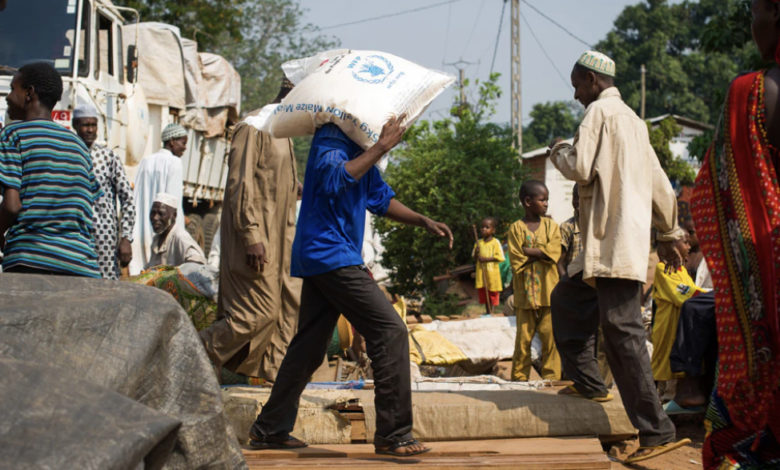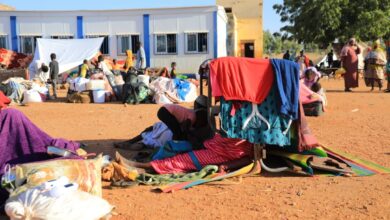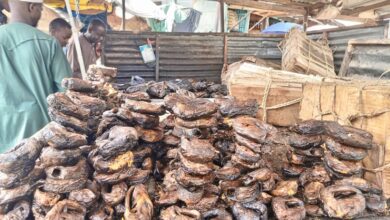More Humanitarian Workers Attacked In CAR In 2020 – Report

Between January and December 2020, there were 424 incidents of attacks on humanitarian workers in the Central African Republic as against 306 during the same period in 2019.
According to a report by the United Nations Office for the Coordination of Humanitarian Affairs (UNOCHA) made public on Wednesday, this represented a 39 per cent increase in the number of attacks.
The report says, three persons were killed and 29 others were wounded during those attacks.
The month of December 2020 was particularly dangerous for humanitarian workers in the Central African Republic with a record number of 59 registered incidents against the workers, which was double the monthly rate in 2020, according to the report.
During the month of December 2020 alone, a humanitarian worker was killed and five others seriously wounded.
“Almost half of the incidents (23) that took place during the month were holdups of humanitarian bases,” the UNOCHA report revealed.
The report condemned the attacks against humanitarian workers as “unacceptable” noting that “civilians and humanitarian workers are not targets”.
Tension and clashes in the Central African Republic took a turn for the worse during the second half of the month of December 2020 with the approach of the legislative and presidential elections as various armed groups called for a boycott or postponement of the elections.
The armed groups geared up their threats and attacks against humanitarian workers who were supporting the Central African populations.
Two weeks ago, Denise Brown, the Humanitarian Coordinator in the Central African Republic and Assistant Chief of Mission for peace in the country, had underlined that “the humanitarian actors are resolved to remain within the communities and populations despite the violence which much stop immediately”.
Brown also called on donors to increase their emergency humanitarian financing in the Central African Republic including UN humanitarian air services.
It is estimated that 2.8 million persons in the Central African Republic are in need of humanitarian assistance and protection. The humanitarian response plan for 2021 in the country requires 444.7 million US dollars.
On December 31, 2020, Mark Lowcock, the UNOCHA chief, had made available one million dollars from the Central Emergency Intervention Fund of the United Nations to support the humanitarian air services of the United Nations in the Central African Republic.
Support Our Journalism
There are millions of ordinary people affected by conflict in Africa whose stories are missing in the mainstream media. HumAngle is determined to tell those challenging and under-reported stories, hoping that the people impacted by these conflicts will find the safety and security they deserve.
To ensure that we continue to provide public service coverage, we have a small favour to ask you. We want you to be part of our journalistic endeavour by contributing a token to us.
Your donation will further promote a robust, free, and independent media.
Donate Here




